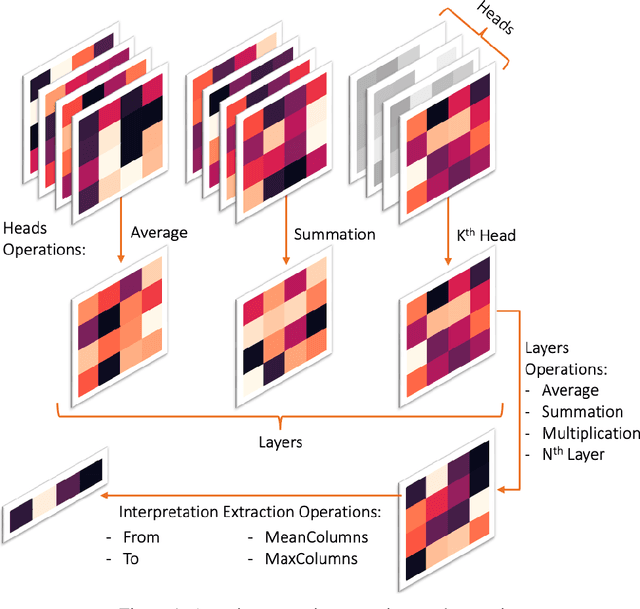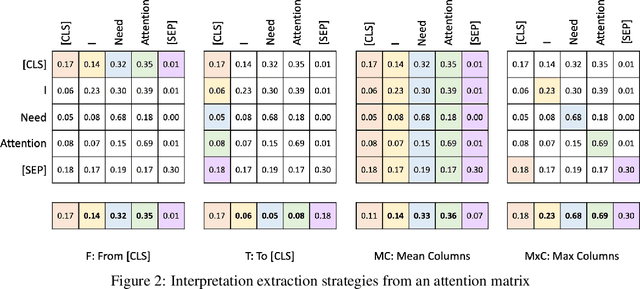Improving Attention-Based Interpretability of Text Classification Transformers
Paper and Code
Sep 22, 2022



Transformers are widely used in NLP, where they consistently achieve state-of-the-art performance. This is due to their attention-based architecture, which allows them to model rich linguistic relations between words. However, transformers are difficult to interpret. Being able to provide reasoning for its decisions is an important property for a model in domains where human lives are affected, such as hate speech detection and biomedicine. With transformers finding wide use in these fields, the need for interpretability techniques tailored to them arises. The effectiveness of attention-based interpretability techniques for transformers in text classification is studied in this work. Despite concerns about attention-based interpretations in the literature, we show that, with proper setup, attention may be used in such tasks with results comparable to state-of-the-art techniques, while also being faster and friendlier to the environment. We validate our claims with a series of experiments that employ a new feature importance metric.
 Add to Chrome
Add to Chrome Add to Firefox
Add to Firefox Add to Edge
Add to Edge